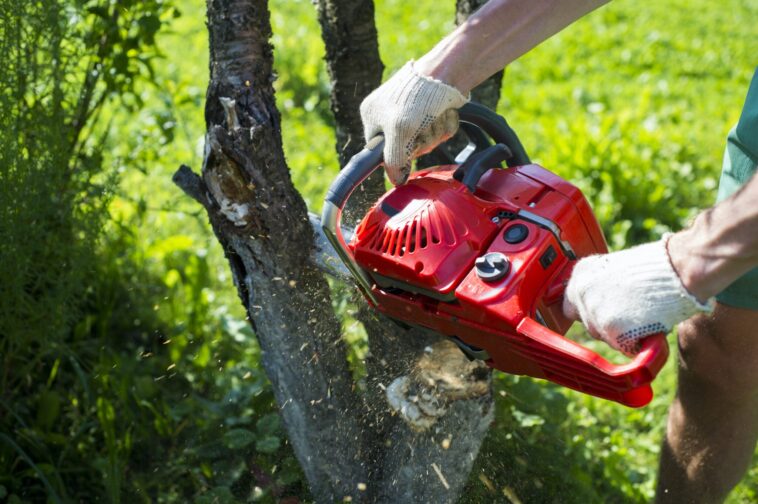When faced with the need to remove a tree from your property, it’s crucial to approach the task with caution and expertise. While some may consider DIY tree removal to save costs, the potential risks associated with such attempts should not be underestimated. Tree removal can be a dangerous undertaking, requiring specialized knowledge and equipment to ensure the safety of both the individuals involved and the surrounding environment. In this blog post, we will provide you with expert advice on the dos and don’ts of wood removal, empowering you to make informed decisions and successfully navigate this process.
Do: Assess the Tree’s Condition
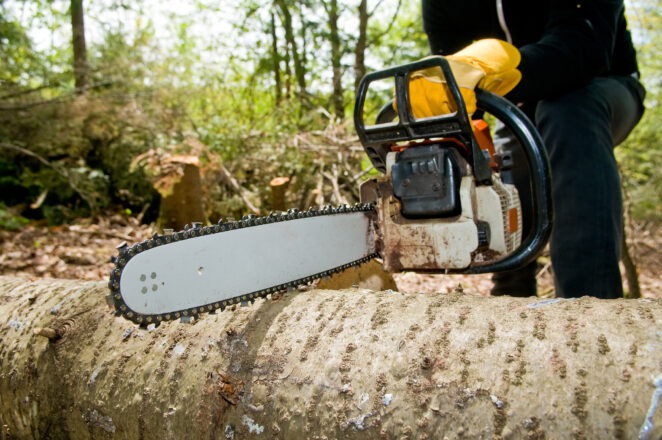
Before initiating any tree removal process, it is essential to evaluate the tree’s health, stability, and potential hazards. A thorough assessment should be conducted to determine if the tree is diseased, structurally compromised, or at risk of falling. Look for signs such as decay, deep cracks, significant leaning, or extensive pest infestation. Assessing the wood’s condition will help you determine the appropriate removal method, whether it requires complete felling or can be salvaged through pruning or other treatments. Seeking professional advice from a certified arborist will ensure an accurate assessment and guide you towards the most suitable course of action.
Don’t: Neglect Safety Precautions
Tree removal involves inherent risks, and safety should always be a top priority. It is crucial to equip yourself with the necessary safety gear to protect against potential hazards. This includes wearing a helmet, safety glasses, gloves, and sturdy footwear. In addition, make sure to establish a safe work zone around it, keeping bystanders at a safe distance. If the plant is particularly large or poses a higher risk, consider using fall protection harnesses and ropes for added safety. By taking these precautions, you significantly reduce the chance of injuries and ensure a safe removal process.
Do: Hire a Professional Removal Service
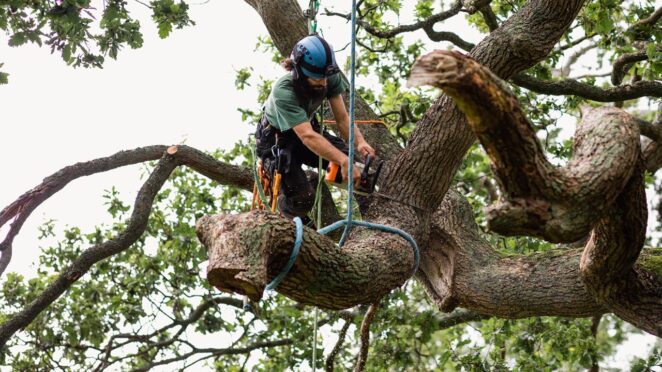
When it comes to tree removal, it is highly recommended to hire a professional tree removal service. Experienced arborists possess the knowledge, skills, and equipment necessary to safely and efficiently remove plants. They are trained in proper techniques, understand tree biology, and can assess potential risks accurately. Professionals also have the expertise to handle challenging situations, such as removing wood in close proximity to buildings or power lines. By engaging a reputable tree removal service, you minimize the chances of accidents, property damage, and legal liabilities. Remember, the cost of professional services is a worthwhile investment when it comes to the safety and successful completion of your removal project.
Don’t: Attempt Removal without Proper Tools
Using inadequate tools or equipment during tree removal can lead to accidents, injuries, and inefficient work. Each tree removal project requires specific tools depending on the size, type, and condition of the tree. For smaller ones, handheld pruning tools may suffice, while larger pieces often require chainsaws, ropes, and rigging equipment. It is essential to use appropriate machinery for cutting branches and felling the tree safely. Attempting to remove a wood without the proper tools not only poses risks to your safety but also prolongs the process and may result in suboptimal results. Always ensure you have the necessary tools or hire professionals who come equipped with the right equipment.
Do: Obtain the Required Permits
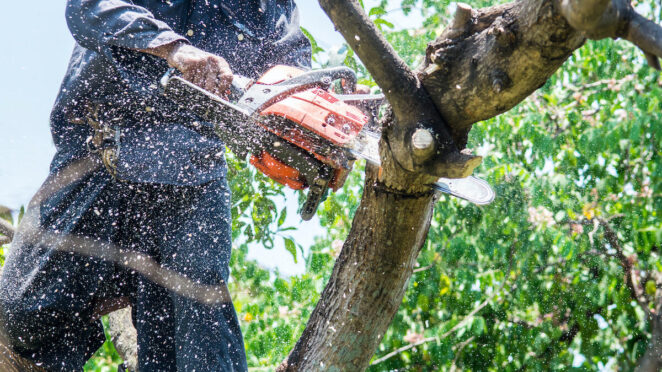
Before undertaking any tree removal project, it is essential to check local regulations and obtain the necessary permits, if required. Many municipalities have guidelines in place to protect plants and ensure environmental preservation. Violating these regulations can lead to substantial fines and legal consequences. By obtaining the required permits, you ensure compliance with the law and demonstrate responsible stewardship of your property. If you are uncertain about the permitting process, consult with a local arborist or contact your city’s urban forestry department. They will provide you with the necessary information and guide you through the process, ensuring a smooth and lawful removal project.
Don’t: Neglect Nearby Structures or Utilities
When planning tree removal, it is crucial to consider the proximity of nearby structures and utilities. Falling trees or branches can cause severe damage to buildings, power lines, and other infrastructure. Assess its lean, the direction it may fall, and the clearance needed for a safe removal. Handling trees near power lines requires the expertise of professionals trained in working with electrical hazards. The potential risks involved in such situations make it imperative to hire experienced arborists who are equipped to handle these challenges safely. Neglecting the impact on nearby structures or utilities can lead to costly repairs, power outages, or even endanger lives.
Do: Plan for Tree Debris Removal
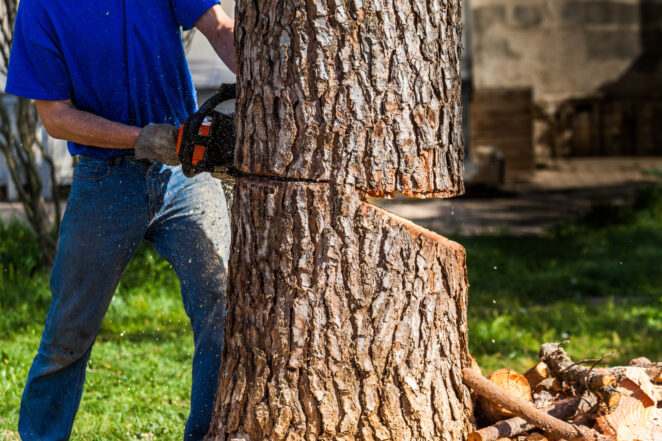
Removing a tree involves more than just felling it; proper management of tree debris is equally important. Plan ahead for the removal and disposal of branches, logs, and other waste generated during the process. Recycling the debris by chipping branches and using them for mulch or composting is an eco-friendly option. Alternatively, you can arrange for the disposal of larger pieces through local waste management services. By effectively managing tree debris, you ensure a clean and safe removal process, minimize environmental impact, and make the most of the wood’s resources.
Don’t: Overlook Environmental Impact
While tree removal may sometimes be necessary, it is crucial to consider the environmental impact and explore alternatives when appropriate. Trees play a vital role in maintaining biodiversity, reducing soil erosion, and providing shade and habitat for various species. If the tree is healthy and poses no immediate risk, consider alternatives such as pruning, crown reduction, or even tree transplantation. Transplanting a plant to a different location can preserve its beauty and benefits while addressing your concerns. Consulting with a certified arborist can help you make an informed decision and explore alternatives that align with your goals while minimizing the environmental impact.
Do: Communicate with Neighbors
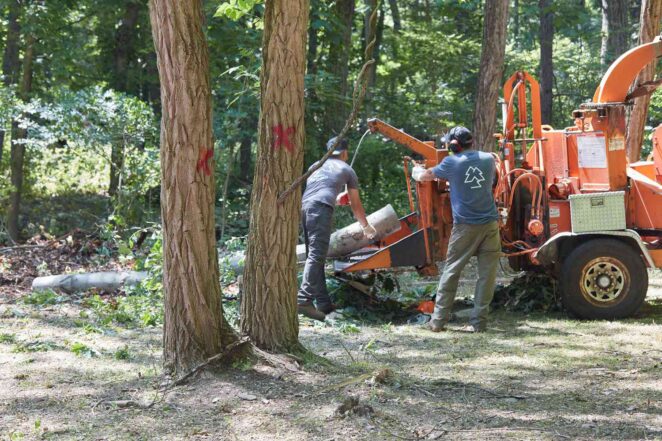
When planning a tree removal project, it is essential to communicate with your neighbors. Informing them about your intentions allows for open dialogue, addressing any concerns they may have, and minimizing potential disruptions. Discussing the project in advance enables you to establish mutually agreeable arrangements, such as scheduling the removal at a convenient time or finding alternative access routes, if necessary. By maintaining good communication, you foster positive relationships with your neighbors and create a cooperative atmosphere during the removal process.
Don’t: Rush the Process
Patience and careful planning are crucial when it comes to tree removal. Rushing the process can lead to hasty decisions, increased risks, and unsatisfactory outcomes. Take the time to evaluate the tree’s condition, research local regulations, and hire the right professionals for the job. Proper planning ensures that all aspects, from safety precautions to environmental considerations, are adequately addressed. By adopting a methodical approach, you enhance the chances of a successful and efficient removal project while minimizing potential setbacks.
Final Thoughts
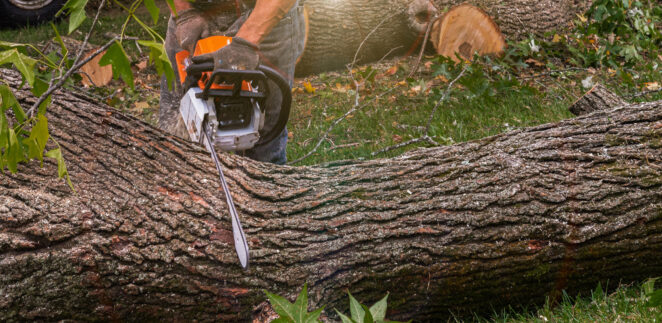
Tree removal is a task that should be approached with care and expertise. By following the dos and don’ts outlined in this blog post, you can ensure a successful and safe removal project. Remember, investing in professional assistance and responsible decision-making is key to achieving your desired outcomes while maintaining safety and preserving the beauty of your surroundings.



